Paediatric abdominal pain.
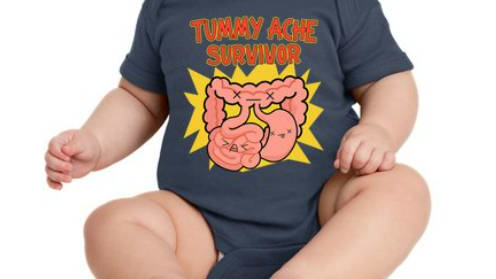
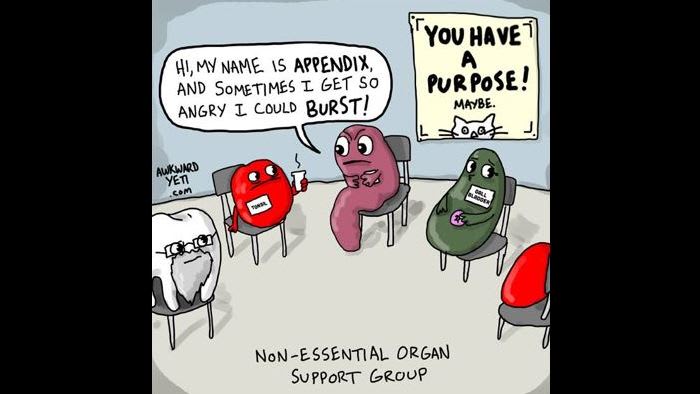
If a pelvic appendix sits on the bladder you can get white cells in the urine.

90% of NEC occurs in premature infants mainly in the first 2 weeks of life. It is characterised by inflammation, ischemia and permeability of the bowel wall to bacteria. All of the answers above may occur with NEC but specifically here Pneumatosis intestinalis--or air in the bowel wall, was being demonstrated.
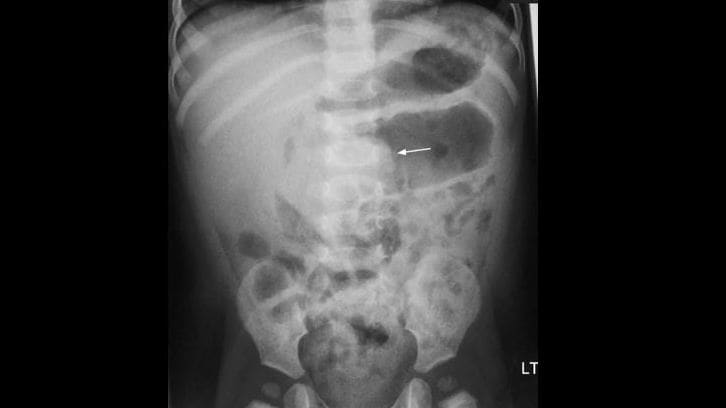
The arrow points to the intussuscepiens, the part of the ileum that has telescoped into the large bowel. Ultrasound can be also very useful in diagnosis. If the infant does not have an acute abdomen then reduction can usually be done by an air enema. This is especially true for infants < 12mths who usually have idiopathic intussusception rather than it being caused by a "lead point" like a Meckels diverticulum "pulling" the bowel.

Loss of K+ and HCl in the vomitus gives them a hypochloremic, hypokalemic metabolic alkalosis. This is compensated by hypoventilation and an elevated C02.
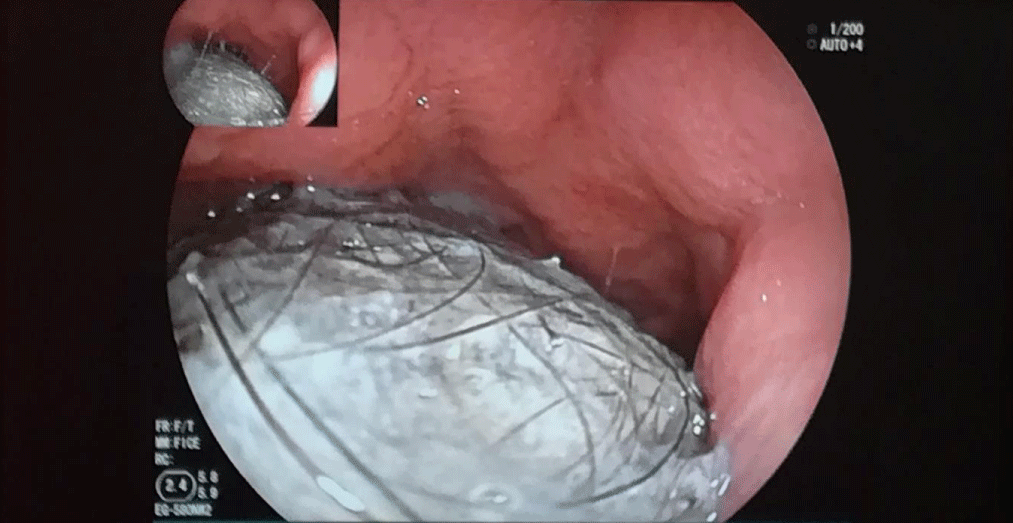
The person eats either their hair, others hair, even dolls hair and it gets matted in the stomach. If it gets beyond the pylous often with a long tail in the duodenum it is known as "Rapunzel syndrome". I kid you not.

Children with abdominal migraines are prone to develop migraines as adults. Treatment is similar to normal migraine that is sleep, rest, and analgesia.

Cystitis and sometimes a general viral illnesses are probably the most common cause. The image shows simple constipation causing urinary retention. Medications with anticholinergic side effects (like anti histamines) can cause it as well a group of diseases affecting neuromuscular dysfunction (think Guillain Barre, Transverse myelitis).
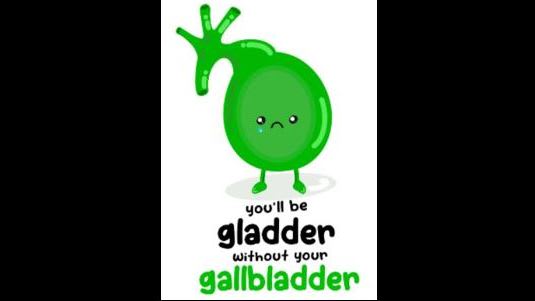
Gallstones do occur in children especially pigment stones when you have a blood dyscrasia like Sickle cell disease. Cholesterol stones are not common in children but cause 75% of adult stones. Calcium carbonate stones, rare in adults, make up about 25% of paediatric stones.
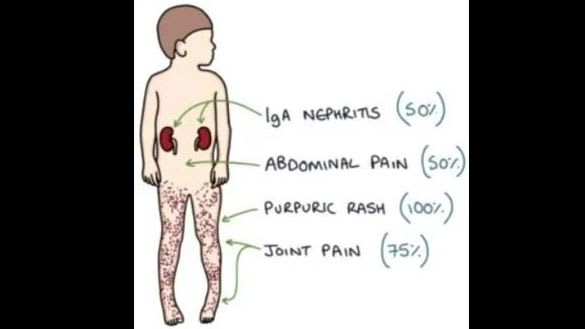
This IGA vasculitis causes the characteristic palpable purpura along with joint swelling, nephritis and abdominal pain.
The generally colicky abdominal pain is caused by bowel wall oedema and haemorrhage. Children with severe abdominal pain, once perforation and intussusception have been ruled out, are sometimes given a course of 1-2mg./kg of Prednisone orally.
An imperforate hymen causes a collection of blood in the vagina when the girl is meant to have her first periods. The large collection can cause constipation or urinary retention by compression. In this case 1200ml of old blood was drained.